News: The best of Russian Science and Technology
Under supervision of professor Vladimir M. Lipunov
|
|
14.12.2000
17:57 |
Global Computer Model of Organism |
|
09.12.2000
13:47 |
Hypersound Engine in the Process of Testing
|
|
30.11.2000
14:08 |
Airplane with Inverse Arrow-Shaped Wing Profile
is to be undergone to its 3rd stage of Trial at
the end of November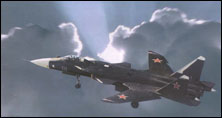
|
|
23.11.2000
11:58 |
Engines Provided by Russia to America
|
|
20.11.2000
11:55 |
Russian Army Will Get a New Helicopter
|
|
09.11.2000
13:00 |
For the first time the cloning of a mammal was done in Russia 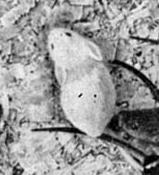
|
|
31.10.2000
08:19 |
First Crew Started to the International
Space Station (ISS) |
|
19.10.2000
14:00 |
Break-Through into the Earth's History,
or Drilling the Bottom of Lake Baikal
|
|
10.10.2000
16:02 |
Zhores I. Alferov is Nobil Prize 2000 winner in Physics!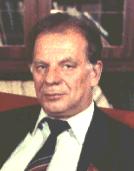
|
|
07.10.2000
22:14 |
Famous Soviet Astrophysicist Celebrates his 55th Anniversary
|
|
05.10.2000
00:39 |
Moscow Government Provides Grants |
|
04.10.2000
20:21 |
All-Moscow seminar of Astrophysicists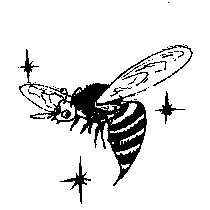
|
|
04.10.2000
18:11 |
Russia Leads the Way to the Space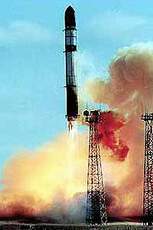
|
|
28.09.2000
14:15 |
Negative magnetic permeability predicted russian scientist 
Back in the 1960s, V G Veselago of the P N Lebedev Physics
Institute, then USSR, predicted theoretically that a material
with both a negative electric permittivity and a negative
magnetic permeability should exhibit unusual optical properties
such as an anomalous Doppler effect, a reverse Cerenkov
radiation, and an inverse Snell effect (inverse light refraction
at the boundary of a medium). While until now no materials have
been known to have a negative magnetic permeability, Pendry and
colleagues suggested some time ago that an assembly of microwires
with a negative electric permittivity at microwave frequencies
may realize this property when combined with an array of
microscopic metallic rings with a negative magnetic permeability
in the same frequency range. S Sheldon and D Smith of the
University of California have now realized this idea by
constructing a composite material made up of copper rings and
copper wires mounted on a platform. When such a system is placed
into an electromagnetic cavity, electric currents induced in the
conductors give rise to a negative magnetic permeability in the
microwave range. Intriguingly, as an electromagnetic wave travels
through such a material, the direction of its energy flow is
opposite to that of the phase velocity. S Sheldon and D Smith are
currently looking for other effects predicted by the Russian
physicist. The new materials should have telecommunications
applications - due, among other things, to their ability to focus
radiation under conditions where normal substances disperse it.
Source:
http://publish.aps.org/FOCUS/
Physics-Uspekhi
�
|
|
21.09.2000
19:04 |
Unprecedented case in the History of Russian Science:
Presentation Made - Money Paid!
|
|
14.09.2000
17:12 |
E2K - the best russian processor
|
|
31.08.2000
20:06 |
Gravitational Wave Astronomy: in Anticipation of First
Sources to be Detected |
|
29.08.2000
19:23 |
All-Moscow Seminar of Astrophysicists will take place on 8 september |
|
29.08.2000
16:51 |
Colloquium "Black Holes - 2000"
|
|
29.08.2000
16:40 |
Greenhouse catastrophe. Realistic scenario. |